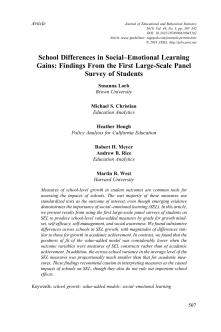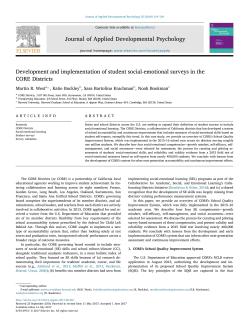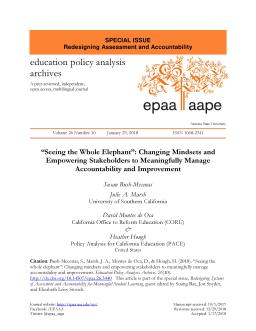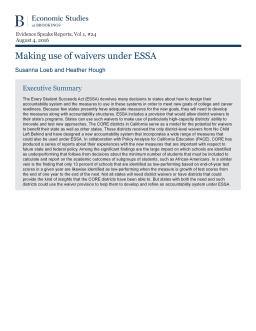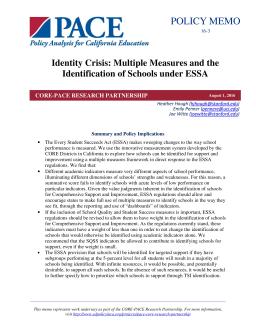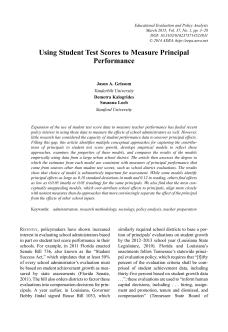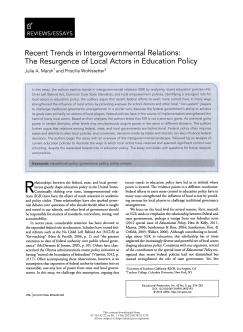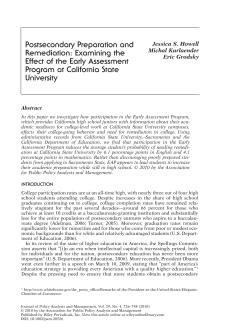Summary
Summary
In "Absent from School," PACE Executive Director Heather J. Hough analyzes student absenteeism using data from California's CORE districts. She explores the differences in absenteeism rates among students and schools, comparing them to other performance indicators. Dr. Hough also examines how schools' performance on chronic absence metrics corresponds to other accountability measures, highlighting the implications for reporting school-level measures of chronic absenteeism.
Summary
California's 1.3 million English learner (EL) students have diverse needs, and many lack access to grade-level content instruction, with English language development falling short. Bilingual and dual immersion programs benefit ELs' academic, linguistic, social, and life outcomes, but reclassification policies are currently in flux. Early-career teachers may not be adequately prepared to teach ELs, and funding mechanisms are weak. EL outcomes are complex to interpret as students move in and out of the subgroup, and education sectors are not aligned to address ELs' needs.
Summary
Summary
Summary
Summary
Summary
Summary
California and the US are undergoing a cultural shift in school accountability policies towards locally-determined measures of school performance. Lessons can be learned from the CORE districts, which developed an innovative accountability system, emphasizing support over sanctions, and utilizing multiple measures of school quality. The CORE districts' measurement system and collaboration hold promise for improving local systems, but efforts to build capacity remain a work in progress.
